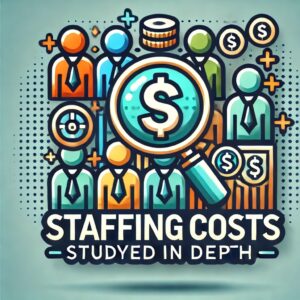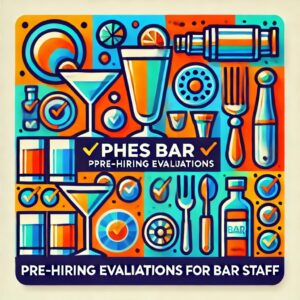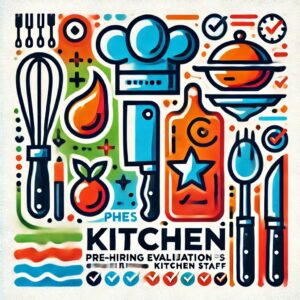"Hours, Wages, and Margins:
The Payroll Puzzle"
LABOUR % OF REVENUE
FOR EVERYONE
EVERY EURO COUNTS
Typical Labor Costs as a Percentage of Sales: Full-Service Restaurants: Labor costs in full-service restaurants generally range from 25% to 35% of total sales. This includes wages, salaries, payroll taxes, and employee benefits.
Casual Dining/Pubs: For casual dining establishments or pubs, labour costs typically fall between 20% to 30%.
Fast Food: In fast-food or quick-service restaurants, labour costs are usually lower, ranging from 15% to 25% of total sales.
Staffing costs encompass more than just wages. Here are the key components:
Wages and Salaries: This is the base pay for all employees, including hourly wages for waitstaff, kitchen staff, bartenders, and higher salaried positions like managers and chefs.
Payroll Taxes: Employers in Ireland are required to pay taxes related to their employees, including Pay Related Social Insurance (PRSI) contributions, which add to the overall labour cost.
Employee Benefits: This includes benefits like health insurance, pension contributions, sick pay, holiday pay, and any other benefits provided by the employer.
Training Costs: Initial and ongoing training expenses for staff should be included in labour costs. Well-trained staff are more efficient, lowering long-term labour costs.
Overtime Pay: Additional wages for employees who work beyond their regular hours, which can be significant, especially during busy seasons or special events.
Influencing Factors:
Full-Service Restaurants: These establishments will require a higher number of staff for a more personalized dining experience, including hosts, servers, bartenders, kitchen staff, and managers.
Casual Dining/Pubs: These venues might have a more relaxed service style, requiring fewer staff members per customer compared to fine dining establishments, but they still need a significant number of employees to handle both food and beverage services.
Fast Food/Quick Service: These restaurants typically have more streamlined operations, often relying on counter service which results in lower labour costs as a percentage of sales.
Wage Rates:
Minimum Wage Laws: Ireland’s minimum wage is relatively high compared to other countries, which directly impacts staffing costs. As of 2024, the minimum wage in Ireland is €12.70 per hour for adult workers, which sets a baseline for wages in the industry.
Living Wage Pressure: Many restaurants may opt to pay above the minimum wage, particularly in competitive labour markets or in regions with a higher cost of living.
Operational Hours and Seasonal Fluctuations:
Operating Hours: Restaurants open for longer hours or operating in tourist-heavy areas may need to staff multiple shifts, increasing labour costs. Additionally, during peak tourist seasons or holidays, restaurants might need to hire additional temporary staff, which can spike labour costs.
Seasonal Fluctuations: Coastal areas or cities with significant tourism might experience dramatic seasonal changes in business volume, requiring flexible staffing models that can scale up or down as needed.
HOW CAN WE HELP
By scheduling efficiently: Scheduling staff to match anticipated business levels. Using data from point-of-sale (POS) systems, we will help forecast busy times and ensure that they are neither under- nor over-staffed. Balancing Quality and Cost:
Cross-Training Employees: Training employees to perform multiple roles will lead to greater flexibility in scheduling.
Monitoring and Adjusting: Reviewing, comparing actual costs to budgeted amounts. Investigating any significant variances to determine the cause.
"Identifying Patterns in Your P&L - CHECK AN ICON
For Smarter Profit"


















